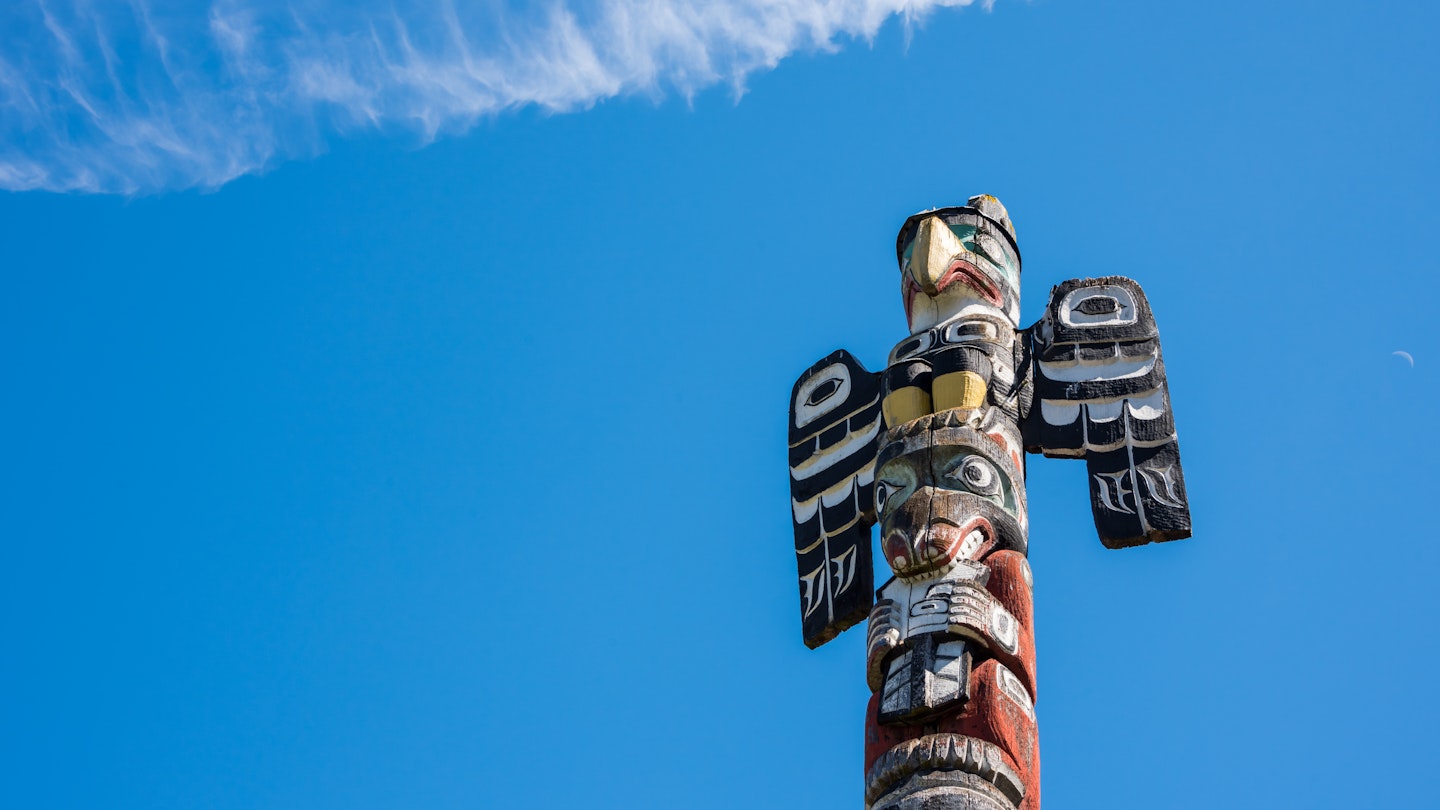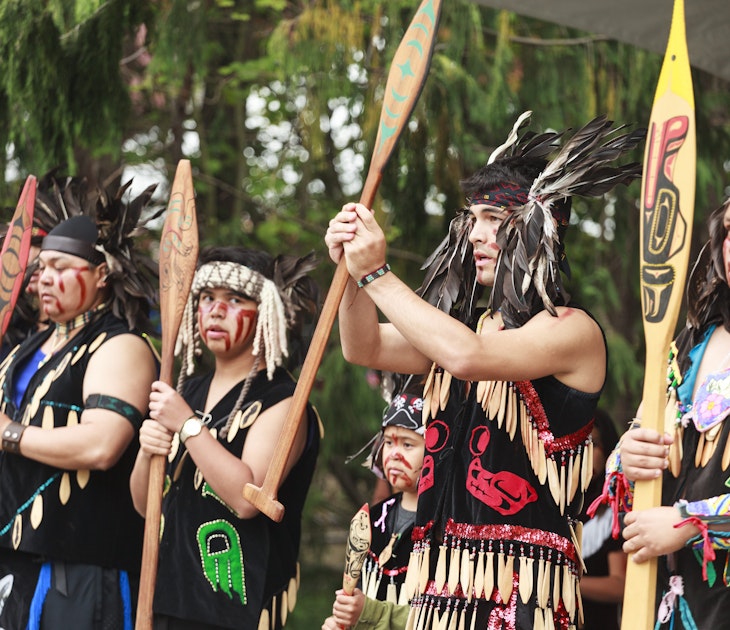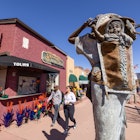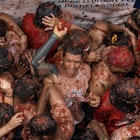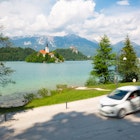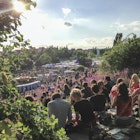It’s early morning in Vancouver’s sun-dappled Stanley Park and a handful of visitors are snapping photos before the tour buses roll in. Their subject? The brightly painted totem poles populating a grassy Brockton Point clearing. But while these celebrated totems are a Vancouver must-see, they’re a tiny fraction of British Columbia’s immersive First Nations arts and culture.
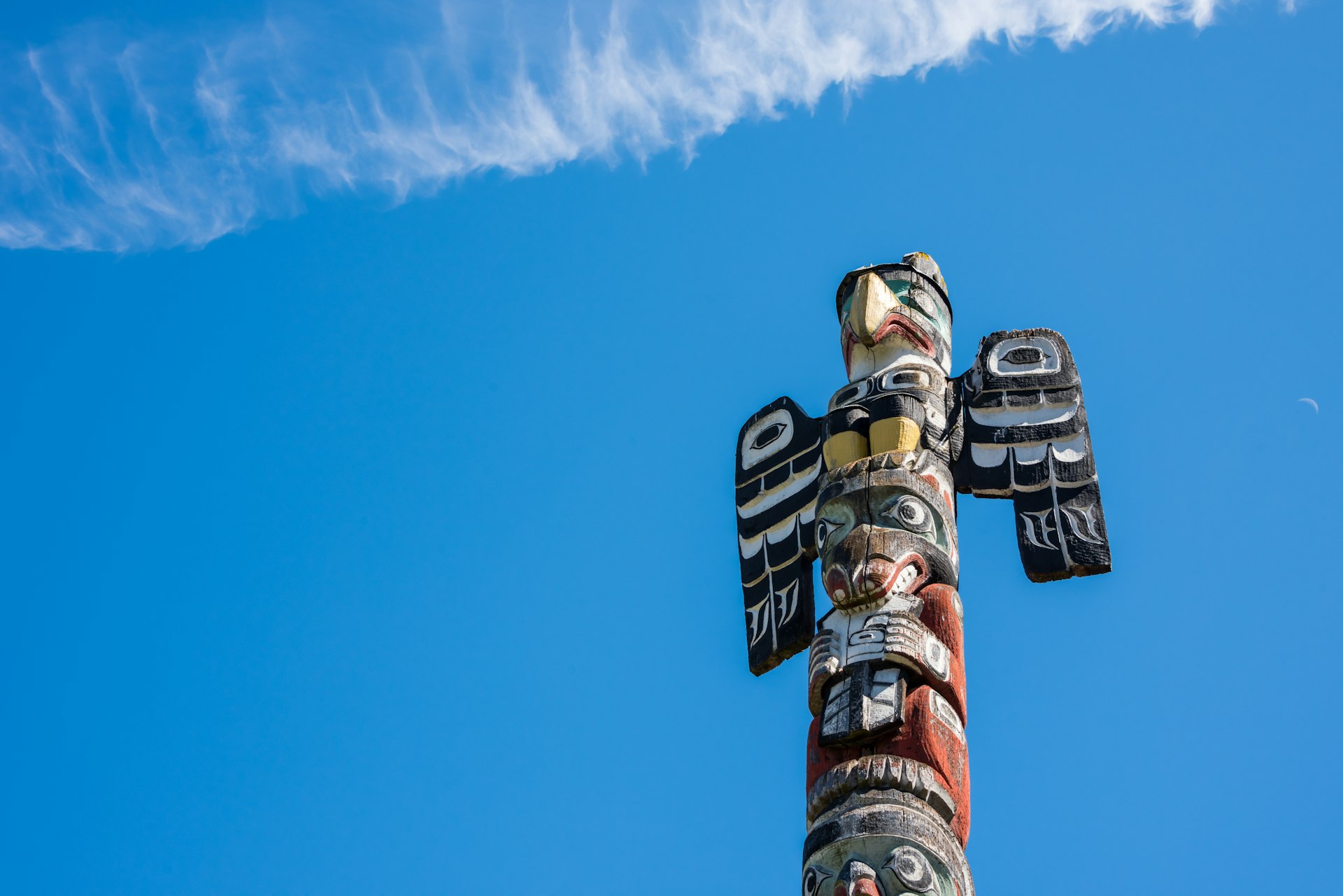
From ancient artifacts detailing the stories of First Nation ancestors to contemporary artwork that merges tradition with modern styles, British Columbia's aboriginal heritage is rich, fascinating and accessible.
Vancouver’s First Nations culture
Beyond the Stanley Park totems – the giant waterfront green space was originally home to several First Nations communities – Western Canada’s largest city is studded with indigenous attractions and activities.
On the University of BC’s ocean-fringed campus, the Museum of Anthropology is Vancouver’s favorite cultural attraction. Alongside thousands of artifacts from around the world, it’s the perfect place to launch a First Nations immersion.
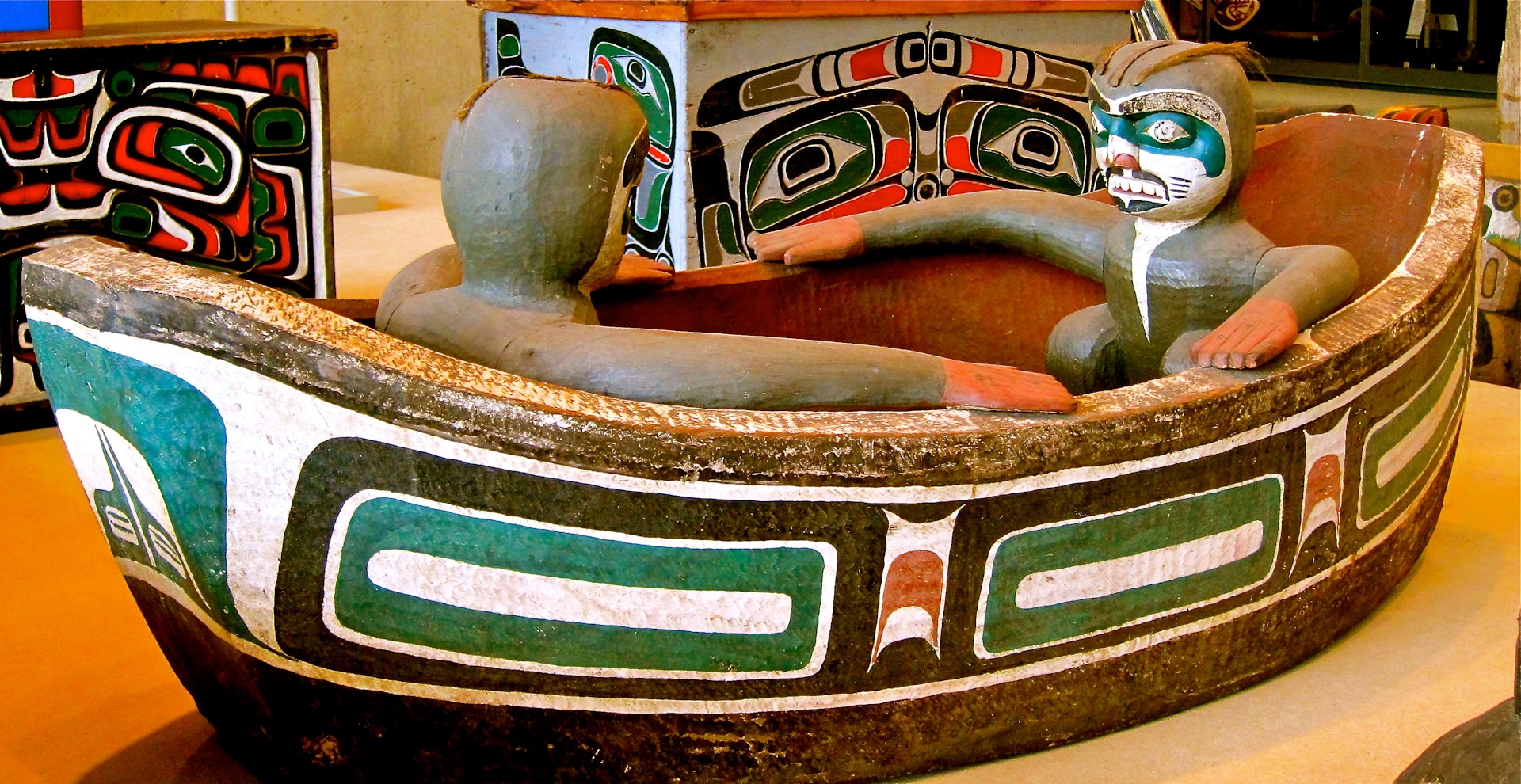
The museum’s glass-walled Great Hall displays dozens of towering totems and large-scale ceremonial carvings from regional First Nations communities – including a mesmerizing wooden evocation of two men in a painted canoe.
Some of the museum’s exhibits were crafted by artists from the Haida Nation – and you’ll find even more creations from this revered local culture at downtown’s popular Bill Reid Gallery of Northwest Coast Art.
Reid was one of Canada’s most famous First Nations’ artists (one of his giant sculptures was formerly featured on the country’s $20 bill), but alongside his diverse oeuvre, the gallery showcases many other indigenous artists, working in everything from fine silver to abstract painting.
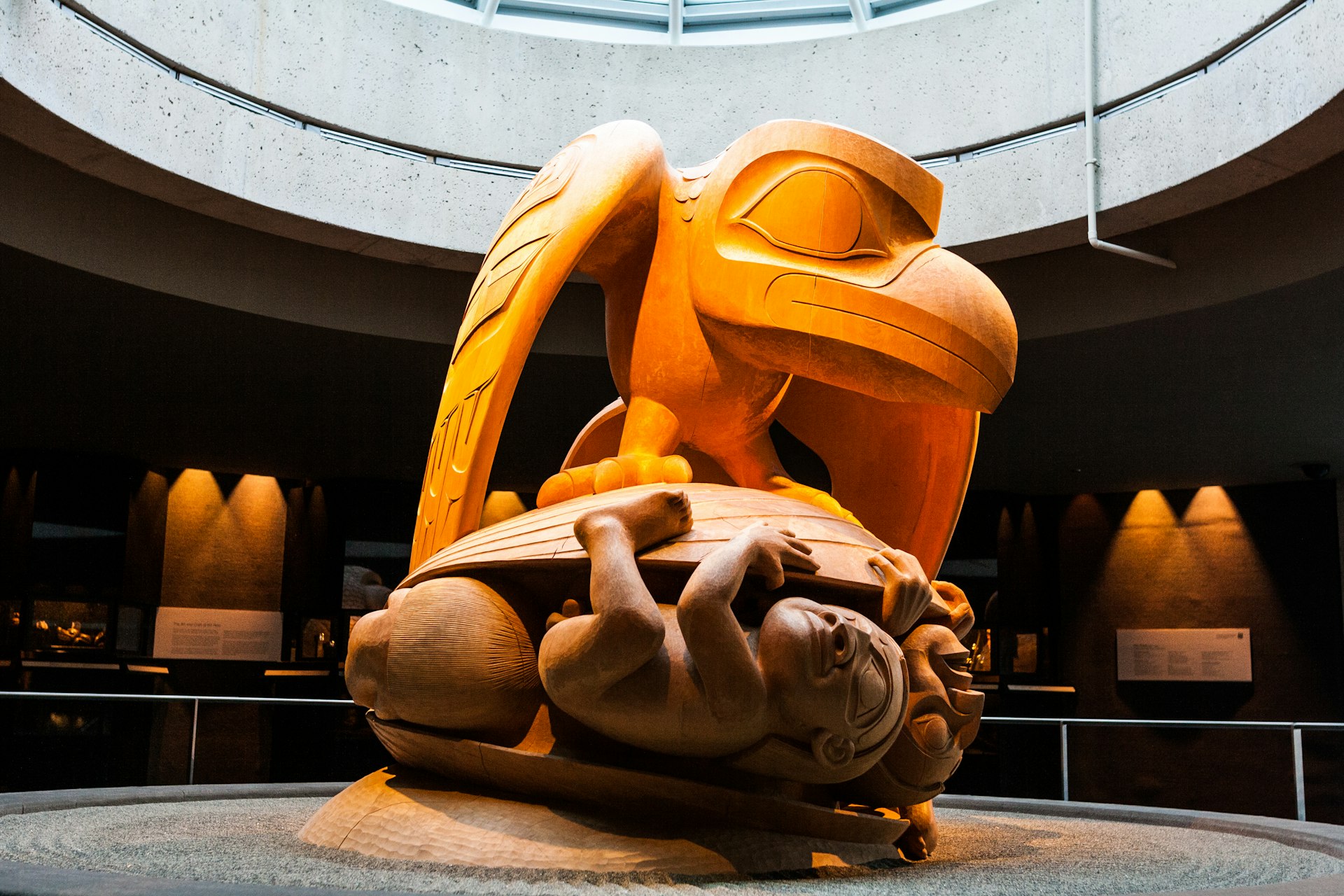
If you like what you see, there’s a small giftshop at the museum. Or you can nip across the city to Gastown and peruse the floors of breathtaking for-sale creations at the long-established Coastal Peoples Fine Arts Gallery.
A First Nations visit to Vancouver shouldn’t end here, though. Book for dinner at the city’s indigenous-themed Salmon n’ Bannock restaurant – bannock tacos recommended. And reserve a room at Skwachays Lodge, a boutique hotel where each suite has been designed in collaboration with a First Nations artist.
Whistler’s indigenous art
North of Vancouver in the ski resort town of Whistler, the architecturally dramatic Audain Art Museum places a strong focus on First Nations creativity within its permanent collection of BC works.
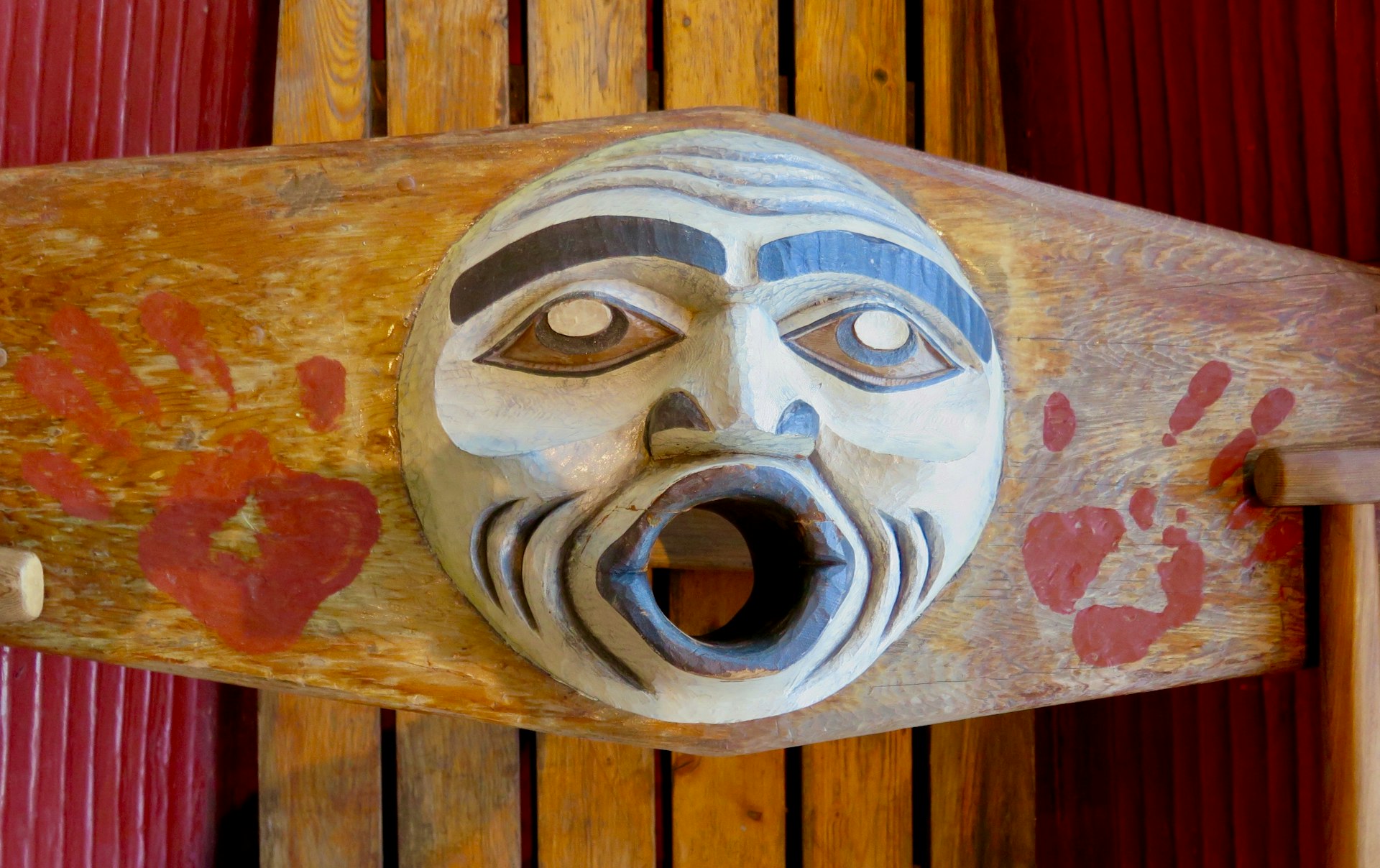
That means a spectacular array of indigenous masks, highly evocative paintings of historic First Nations communities by beloved BC artist Emily Carr and several remarkable contemporary works by Brian Jungen – including totem-like creations made from repurposed golf bags and Nike shoes.
The nearby Squamish Lil’wat Cultural Centre should also be included in your Whistler visit. This mighty, cedar-framed building offers an in-depth introduction to two local First Nations – the Squamish and the Lil’wat – complete with carved canoes, regalia exhibits and artisan demonstrations. Stick around for an hourly guided tour (included in admission).
Prince Rupert’s First Nation’s focus
Further north, the charming BC coastal city of Prince Rupert is in the heart of a traditional First Nations region – and reminders of the area’s original locals can be found throughout the community. The art deco city hall has some unusual indigenous art panels on its otherwise plain façade, totem poles and First Nations-themed murals dot several streets, and Cow Bay’s Ice House Gallery displays a full complement of indigenous creations among its vast array of local-made art.

But it’s the Museum of Northern BC – in a grand longhouse-style building – that most visitors make a beeline for. The area’s First Nations heritage is fully explored here in galleries studded with rich carvings, shimmering jewelry and intricate woven baskets – don’t miss the rabbit-shaped headpiece with its articulated ears.
Haida Gwaii heritage
A ferry ride from Prince Rupert (there are also quick-hop airplane services) delivers you to one of the province’s most vibrant First Nations communities.
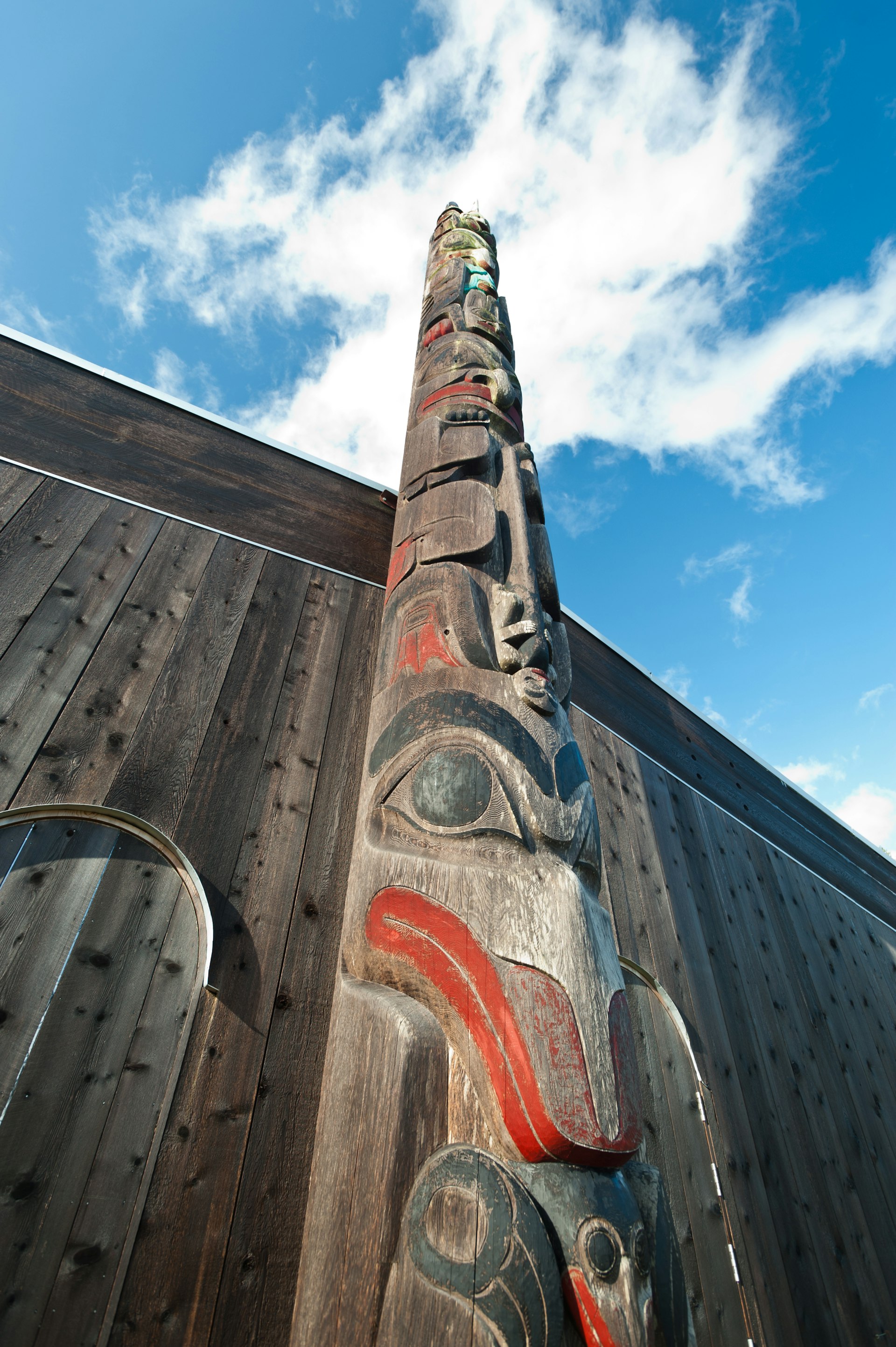
Known during the colonial era as the Queen Charlotte Islands but officially renamed in 2010, Haida Gwaii’s dagger-shaped archipelago is an immersive experience for First Nation’s-interested visitors. Most start at the brilliant Haida Heritage Centre for a full-on introduction to the area’s historic and contemporary indigenous culture. During summer, the center offers free tours of the collection.
If your interest is fully engaged, add a visit to Gwaii Haanas National Park Reserve. Only accessible by boat or plane, you’ll encounter a mystical Unesco World Heritage site of abandoned former villages, their totems gracefully weathering among the trees. In 2013, the Gwaii Haanas Legacy Pole – the first new totem installed here in 130 years – was raised in an emotional ceremony.
Alert Bay’s First Nations finale
Back southwards, Vancouver Island is also home to many pockets of First Nations arts and culture. But while Victoria’s landmark Royal BC Museum is a must-do for its rich array of carvings, artifacts and regalia, the mid-island city of Duncan is forested with totem poles around almost every corner. It’s a lesser-known north island community that lures in-the-know travelers.
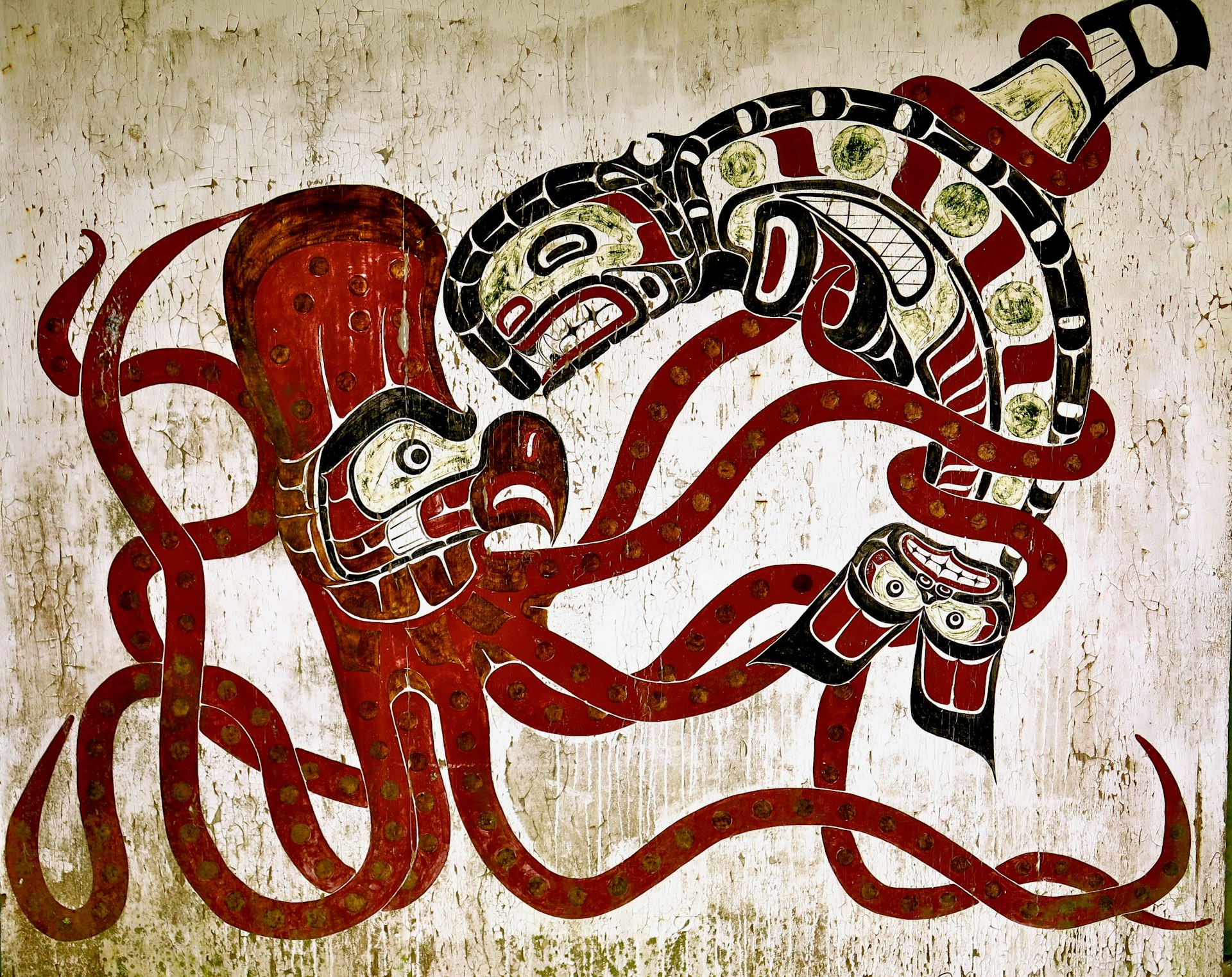
A scenic ferry hop from Port McNeill, Cormorant Island is home to the small, richly evocative and deeply welcoming community of Alert Bay, a village that’s been home to local First Nations for generations.
A creaking boardwalk trail snakes along the waterfront here, linking dozens of bright-painted shacks and a wealth of First Nations sites. Turn left from the ferry dock for Culture Shock, a gallery of contemporary indigenous arts and crafts, or turn right for a highly moving shoreline cemetery forested with totem poles.
While outdoor carvings abound in the village – and bald eagles constantly whirl overhead – it’s the U’mista Cultural Centre that every visitor should make time for. Dedicated to bringing home indigenous works once removed from the region, its main gallery is lined with a jaw-dropping array of masks, boxes and carvings. Each exhibit represents an age-old story just waiting to be re-told.

